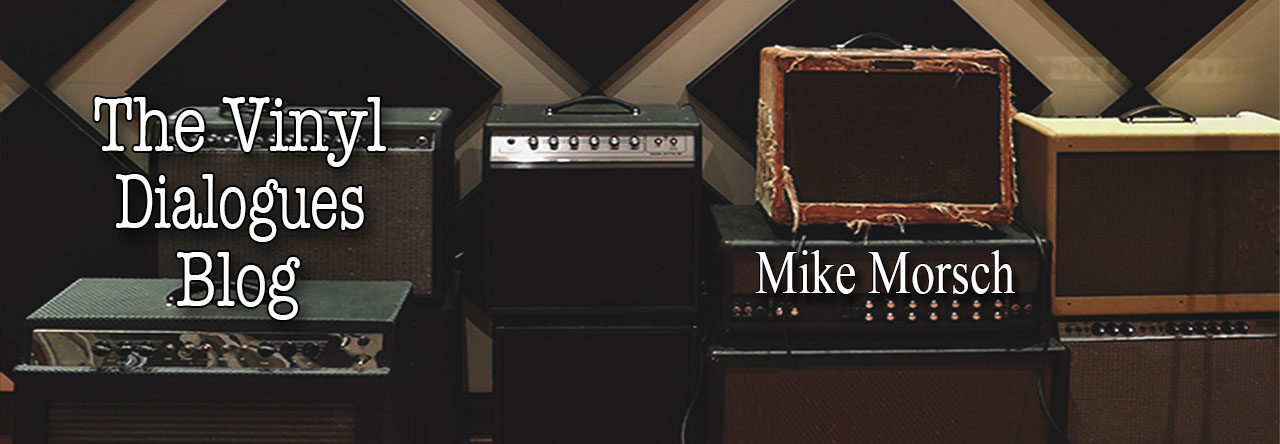Elliot Lurie picked up his J-200 acoustic guitar and sat down in the upstairs bedroom of a farmhouse that he and his bandmates had rented in Hunterdon County, New Jersey.
The farmhouse had been built around the turn of the 20th century and was surrounded by 88 acres of farmland. The band, which had been fairly successful playing bars and fraternity houses in the late 1960s in New Jersey and Pennsylvania, had rented it for $240 a month with the hopes that it would provide an atmosphere that was conducive to creating music that would take the band to the next level.
Even though he was just out of college in 1970, Lurie had already developed his own way of songwriting, which included playing a chord sequence and melody that worked for him, then just free associating from there.
In high school, Lurie had a girlfriend named Randye. So he … Read more
